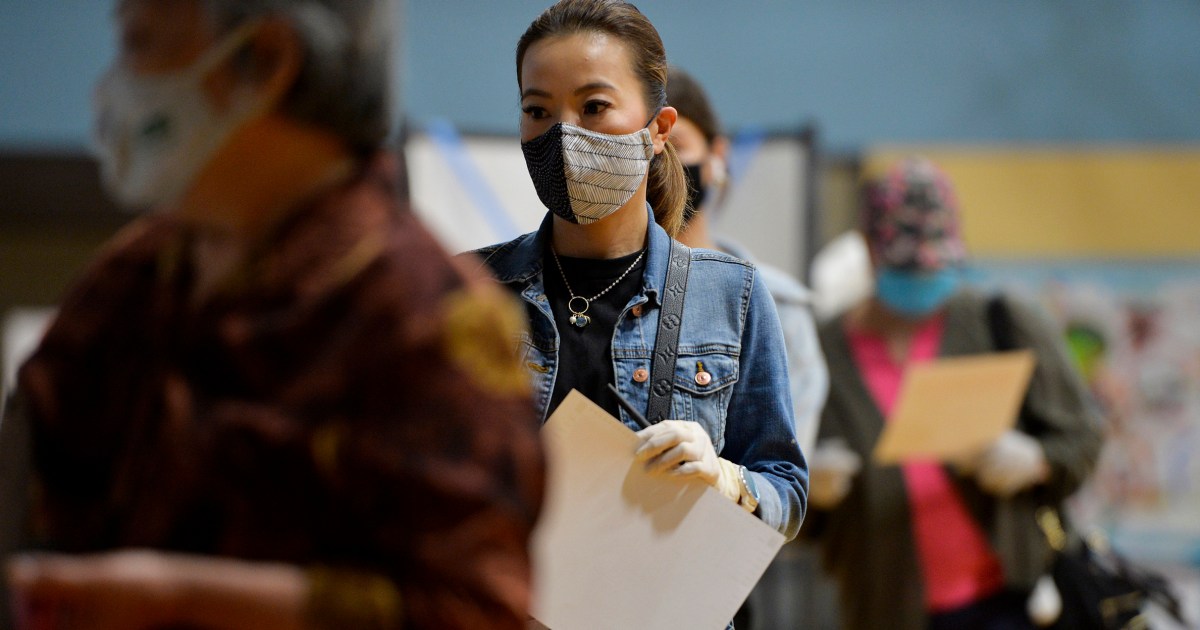
The number of Asian American eligible voters skyrocketed over the past presidential election cycle, a new Pew Research Center report shows.
The report, released Wednesday, revealed that in the past four years, the Asian American eligible voter population grew by 15%. That far outpaces the growth rate of all eligible voters at 3%, making them the fastest-growing electorate in the U.S.
“The fact that Asian American eligible voter growth is five times that of the population overall is still striking and would seem to demand the attention of any campaign looking to expand its reach,” said Janelle Wong, senior researcher at data and civic engagement nonprofit AAPI Data. “To ignore this potential voting bloc is a missed opportunity, for sure.”
A projected 15 million Asian Americans will be eligible to vote in November, the report said. The group makes up just over 6% of eligible voters, but its growth outpaced Hispanic eligible voters, who grew by 12%.
The findings were based on Pew’s own projections for 2024, as well as Census Bureau data for previous years. Experts say the increase tracks with overall population trends, with Asian Americans being the fastest-growing racial group.
The lion’s share of Asian American eligible voters, 55%, live in five states as of 2022, the report said. California had the highest number at 4.4 million, followed by New York, Texas, Hawaii and New Jersey.
Hawaii, where Asian Americans constitute 55% of the overall electorate, remains the only state in which a nonwhite group makes up the majority. The state also has the highest share of Asians who are registered to vote, at 7 in 10 Asians. The group also has a significant presence in California, where they make up 17% of the electorate, and Nevada, largely considered a swing state, at 11%.
The report pointed out that Asian Americans are less likely than the overall population to be eligible to vote because of the large portion who aren’t U.S. citizens. Green-card holders and those in the process of becoming permanent residents, for example, are ineligible. Among those who are eligible, the racial group has the highest proportion of naturalized citizens versus U.S.-born.
Wong said the Pew report is consistent with past growth data. But while candidates and parties may be aware of the electorate’s rapid increase, there’s a concern that they don’t want, or know how, to mobilize this segment of potential voters.
“It’s clearly time to invest and to convert these eligible voters into actual voters,” Wong said.
Previous research showed that outreach to and understanding of the Asian American electorate remained limited. A separate national survey examining Asian American voters in 2022, ahead of the midterms, revealed that while about two-thirds of registered voters said they planned to vote, the majority hadn’t heard from either party.
“The fact that solidly blue California and Hawaii have the largest proportion of Asian American eligible voters should not distract from the fact that Asian American voters can still make a difference in competitive local elections in blue states,” Wong added. “They are an essential group to get out in presidential swing states like Nevada.”
Source: | This article originally belongs to Nbcnews.com










